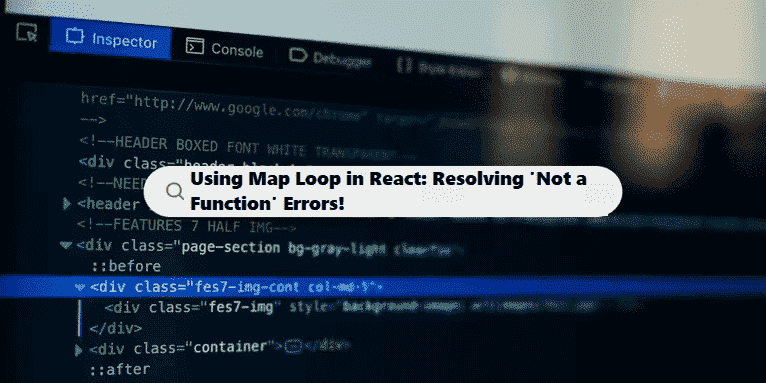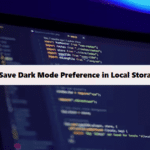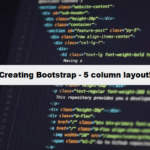When working with APIs in React, managing the structure of your JSON responses is crucial for rendering your components correctly. In this details, we’ll explore common pitfalls when handling state and mapping over data, along with practical solutions.

1. Understanding the Problem
1.1 State Initialization
In React, it’s common to use the useState hook to manage your component’s state. When fetching data from an API, the structure of your response can often lead to confusion. For instance:
#state #react
const [course, setCourse] = useState([]);Here, course is initialized as an empty array. However, if the JSON response is an object, using map on course will lead to errors because map is a function of arrays, not objects.
1.2 JSON Structure Confusion
A typical API response might look like this:
#json
{
"message": "Success",
"courseData": [
{ "id": 1, "title": "Course 1" },
{ "id": 2, "title": "Course 2" }
]
}In this example, courseData is the array we want to iterate over, while message is a top-level property. Confusing these structures can lead to errors and unexpected behavior in your application.
2. Solutions to the Problem
2.1 Option 1: Keeping State as an Array
If your API response includes an array within an object, you can initialize your state to an array and update it accordingly.
Step-by-Step Implementation
- State Initialization: Initialize
courseas an empty array.
#useState #react
const [course, setCourse] = useState([]);Fetch Data: When you fetch data, set the state to the specific array property from the response.
#useEffect #react
useEffect(() => {
fetch('your-api-url')
.then(response => response.json())
.then(data => setCourse(data.courseData)); // Use data.courseData
}, []);Rendering the Data: Use the map function to iterate over course.
#javascript #react #jsx
return (
<div>
{course.map((crs, index) => (
<div key={index}>
<h1>{crs.id}</h1> {/* Assuming `id` is a property in each course object */}
</div>
))}
</div>
);2.2 Option 2: Keeping State as an Object
If you want to manage the entire JSON response, you can initialize your state as an object.
Step-by-Step Implementation
- State Initialization: Initialize
courseas an object with a property forcourseData.
#javascript #useState #jsx
const [course, setCourse] = useState({ courseData: [] });Fetch Data: Update the state to the entire response object.
#javascript #useState #jsx
useEffect(() => {
fetch('your-api-url')
.then(response => response.json())
.then(data => setCourse(data)); // Set entire object
}, []);Rendering the Data: Access the properties within the object and use map on the courseData array.
#javascript #react
return (
<div>
<h1>{course.message}</h1> {/* Display the message */}
{course.courseData.map((crsdt, index) => (
<div key={index}>
<h1>{crsdt.id}</h1> {/* Adjust based on actual properties */}
</div>
))}
</div>
);3. Remember to know
- Data Structure: Always inspect your JSON response structure. Use
console.log(data)to verify the contents of the fetched data. - Correct Initialization: Ensure your state initialization matches the expected data type (array vs. object).
- Iterate Correctly: Use
maponly on arrays; make sure you’re iterating over the correct property. - Check Properties: Ensure you are accessing properties that exist in your data structure.
4. Results
Managing the JSON responses in the React can be tricky, especially when dealing with the nested objects and arrays. By understanding the structure of your data and initializing your state correctly, you can avoid common risks and render your components without issues. With the solutions outlined above, you can effectively handle API responses and display your data accurately.
Understanding How Coding Filters Help Reduce Complexity!
Coding filters offer a powerful way to reduce complexity by providing a mechanism to focus on relevant data or logic while ignoring unnecessary elements. By applying these filters, developers can avoid convoluted conditional statements, reducing code length and enhancing clarity in their applications.




